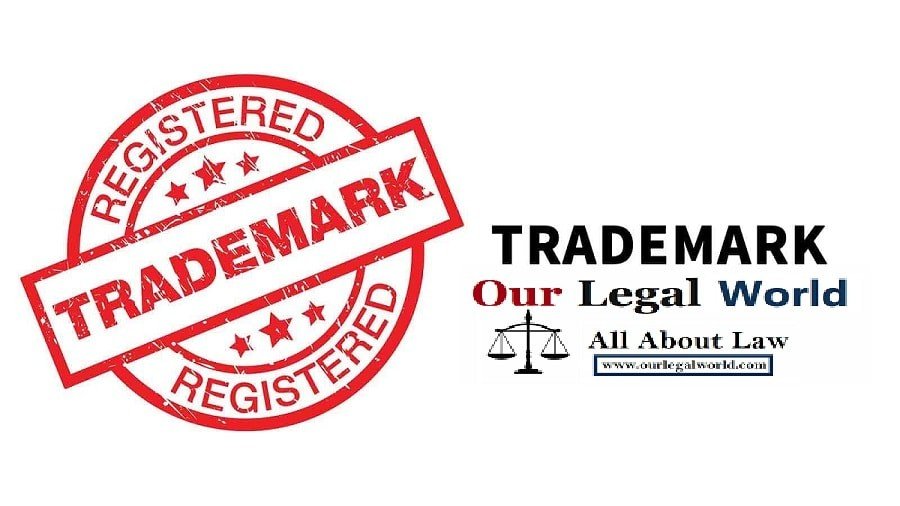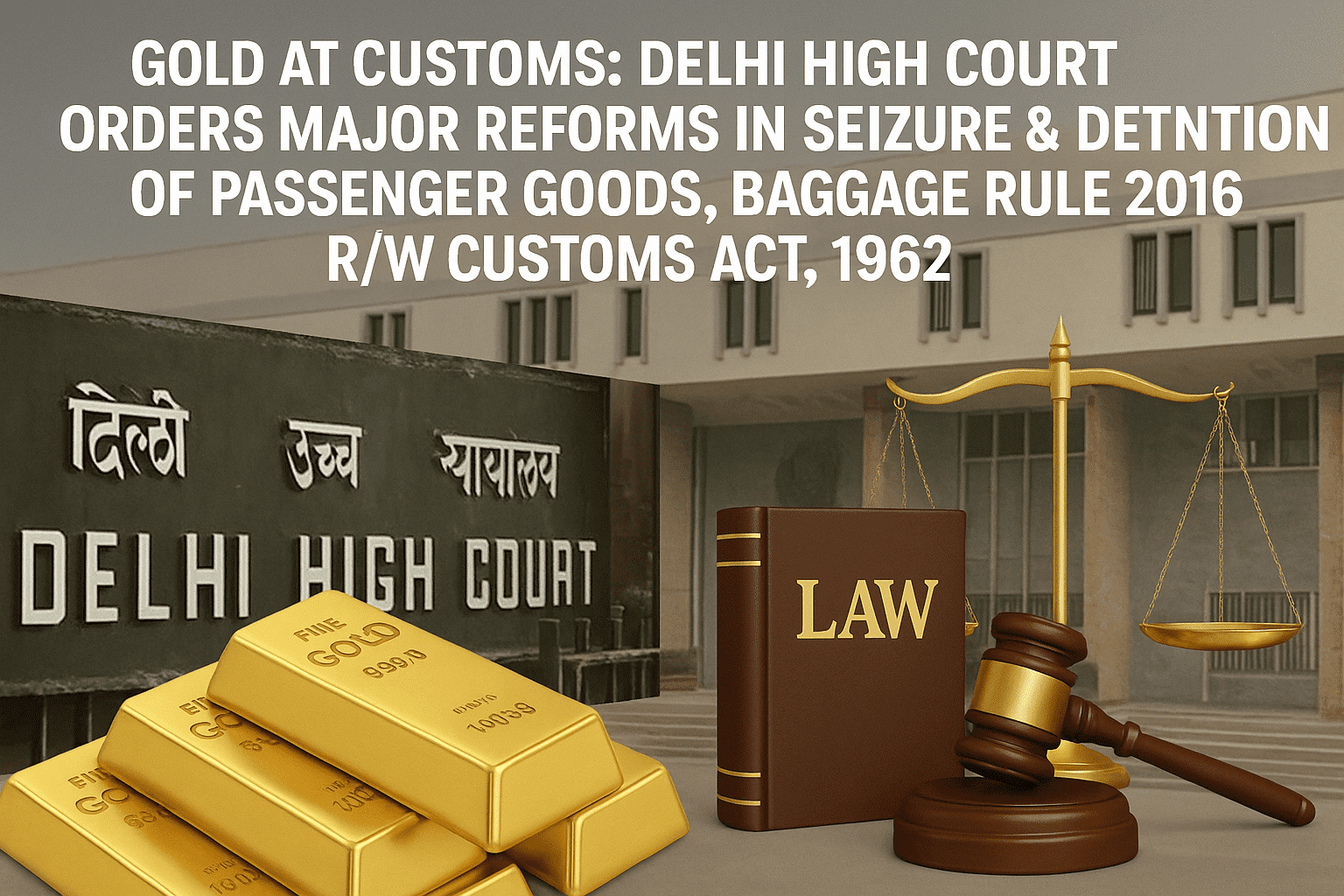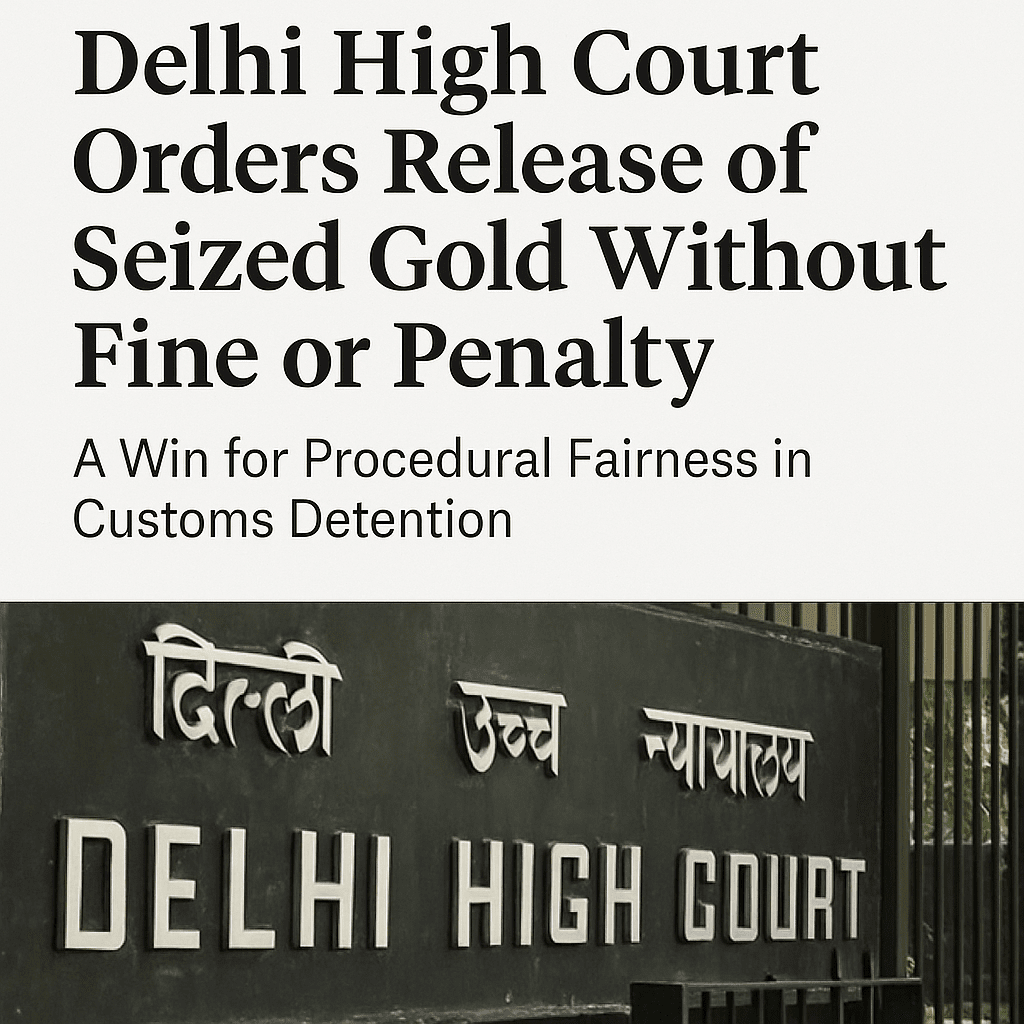DOCTRINE OF DECEPTIVE SIMILARITY
Traditionally, likelihood of confusion as to the origin of a good or service was the only ground that resulted in infringement of the trademark. But as gradually the businesses evolved, there were some other grounds or factors also that caused infringement of one’s trademark and so a need was felt to have a wider approach when it comes to trademark protection. Whenever two marks are identical, it is considered to be a clear case of infringement as it is likely to cause confusion in the minds of people. But there can be situations where marks are not identical, but share sufficient amount of similarity. In such cases, even though marks are not identical, but if they are similar enough or have sufficient degree of resemblance so as to cause confusion in the minds of people, it can be said to be infringement.
A deceptive mark can be said to be such a mark which is likely to cause confusion in the minds of the buyer. The test is twofold. Firstly, that such a mark should cause confusion as to its source of origin, to general public with average intelligence. Secondly, it is the overall similarity that is looked upon and not the individual components of the mark that is considered.
Section 2(1)(h) of the Trademarks Act 1999 defines deceptively similar as “a mark shall be deemed to be deceptively similar to another mark if it so nearly resembles that other mark as to be likely to deceive or cause confusion.” (2) When two marks are placed side by side and compared, there may be various differences that could be seen but when they are seen individually, the other’s image left in mind, it is likely that it would cause confusion. He might be deceived if he does not get to see both the marks side by side. M/S Biofarma v. Sanjay medical Stores (3) laid down various factors that could be considered while determining deceptive similarity:
- The nature of the marks
- The degree of resemblance between the marks
- The nature of the goods in respect of which they are used.
- The similarity in the nature, character and performance of the goods of the rival traders.
- The class of purchasers.
- The mode of purchasing the goods.
- Any other surrounding circumstances.
As per Section 11(2) of the Trademarks Act, Registration of such marks that are deceptively similar to a well-known or an already existing mark is not permitted. Where any identical or similar trademark is used with respect to goods or services that are not similar, it would cause taking of an undue advantage of the existing trademark and would be detrimental to the identity and distinctive character of that trademark. Such trademarks cannot be registered.
In the case of Montblanc Simplo-GMBH v New Delhi Stationery Mart (4) ,it was held that since the marks that were alleged to be identical were used in respect to identical goods, it is then necessary to determine whether use of such mark would cause confusion in the minds of general public. It is not necessary to prove actual case of damage of confusion; establishing likelihood of confusion is sufficient.
The Trademarks Act does not specifically prescribe any criteria to decide the scope and applicability of ‘deceptive similarity ’in a case. But, there are various judicial decisions that have been passed over the years that have helped provide certain framework or principles to determine the same and to understand wider interpretation of the term ‘deceptive similarity’.
In Lakme ltd vs. Subhash Trading (5), “Lakme” and “LikeMe” being used for cosmetic products were held to be deceptively similar to that of plaintiffs’.
In M/S Mahashian Di Hatti ltd. v. MR. Raj Niwas (6), Proprietor of MHS Masalay , the plaintiff sold spices under its registered trademark “MDH” that was presented in three hexagon device with a red background since 1991. The defendant started using trademark “MHS” within a hexagon device and the same red background It was held that this amounts to infringement as the trademark are identical.
In Ranbaxy Laboratories Ltd. v. Dua Pharmaceuticals Ltd (7), “Calmpose” and “Calmprose” being used for same class of products were phonetically similar and were held to be deceptively similar.
When it comes to deceptive similarity between two medicinal or pharmaceutical products, a stricter approach is adopted. The aim is to not leave any scope for confusion in the minds of buyers as even a bit of confusion could have disastrous impact on health and lives. It could cause loss to the goodwill of the company or manufacturer as well as to the public health. Supreme Court in Cadila Health Care Ltd v. Cadila Pharmaceuticals ltd (8) stated that ‘Drugs are poisons, not sweets.’ A bit of confusion in medicinal products could have fatal results affecting human lives. In this case, the brand name ‘Falcigo’and ‘Falcitab’ being used for pharmaceutical drugs were held to be deceptively similar. It was held that when it comes to pharmaceutical or medicinal products, strict precautions must be taken so as to not leave even slightest possibility of confusion.
The judicial decisions passed throughout years have widened the scope of interpretation of infringement in terms of deceptive similarity of a trademark. It helps the trademark regime function in just and equitable. We have even observed cases like Cadila healthcare where court has taken a stricter or rigid approach in the public interest. In some cases, courts have even gone beyond the literal meaning of the legislation in order to protect trademark holders or in consumer interest. Court has always tried to maintain a balance between rights of trademark owners on one hand and economic growth and development of markets on another.
Reference
- The Trademarks Act, Sec. 2 (1)(h), (1999).
- 1997 IVAD Delhi 451
- (2008) 38 PTC 59 (Del).
- 1996 PTC (16)567.
- 2011 ( 46 ) PTC 343 ( Del ).
- AIR 1989 Delhi 44.
- (2001) 5 SCC 73.
- https://www.mondaq.com/india/trademark/692094/comparison-of-trademarks-in-question-must-be-done-in-totality-and-not-in-parts
- https://ipindia.nic.in/writereaddata/Portal/ev/TM-ACT-1999.html
Written By[Guest Post]- Jhalak Nandwani
Also Read:







![Tax Law Internship at Legum Attorney [Chamber of Ashish Panday], Delhi : Apply by 15th May 2025](https://www.ourlegalworld.com/wp-content/uploads/2025/05/IMG_0113-min.png)

